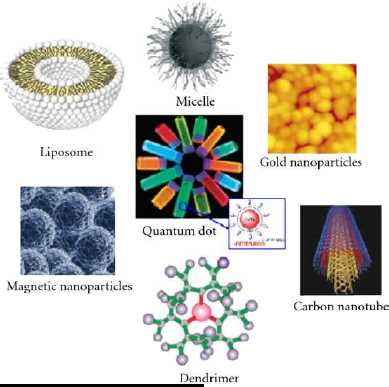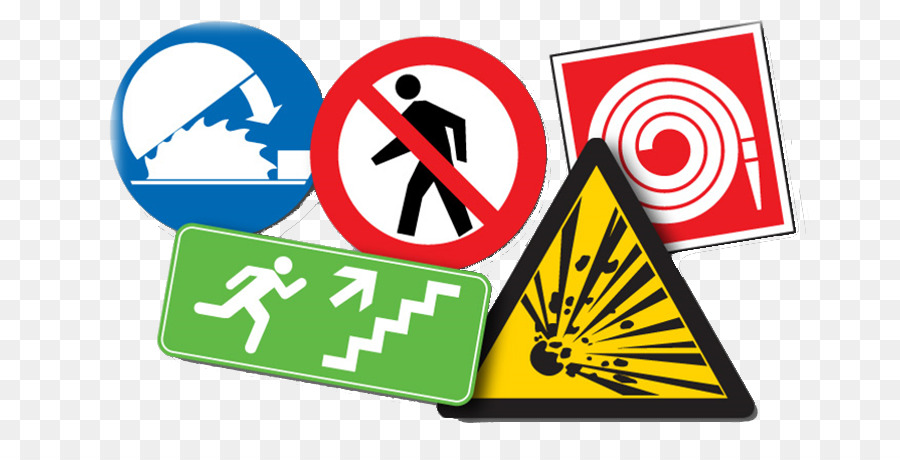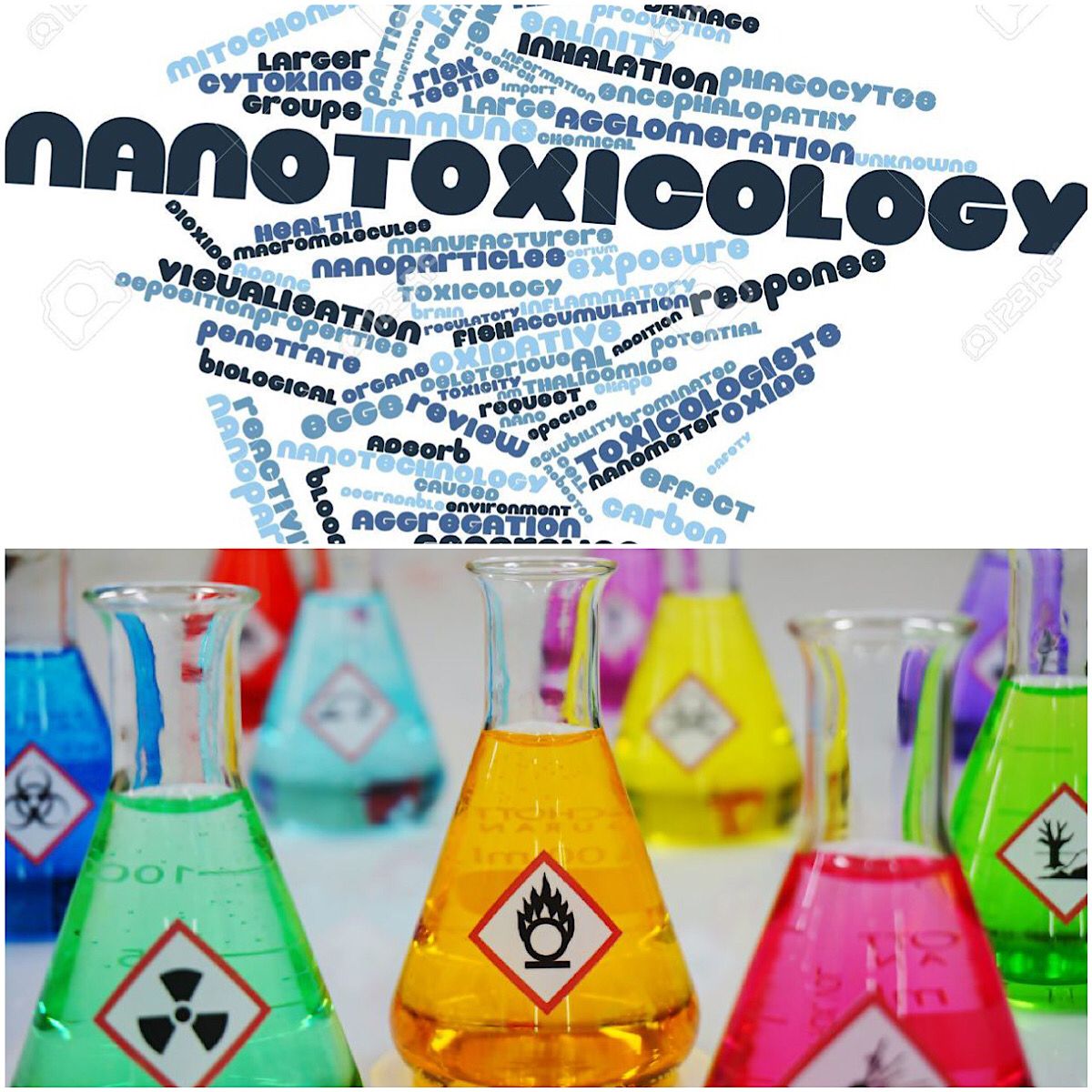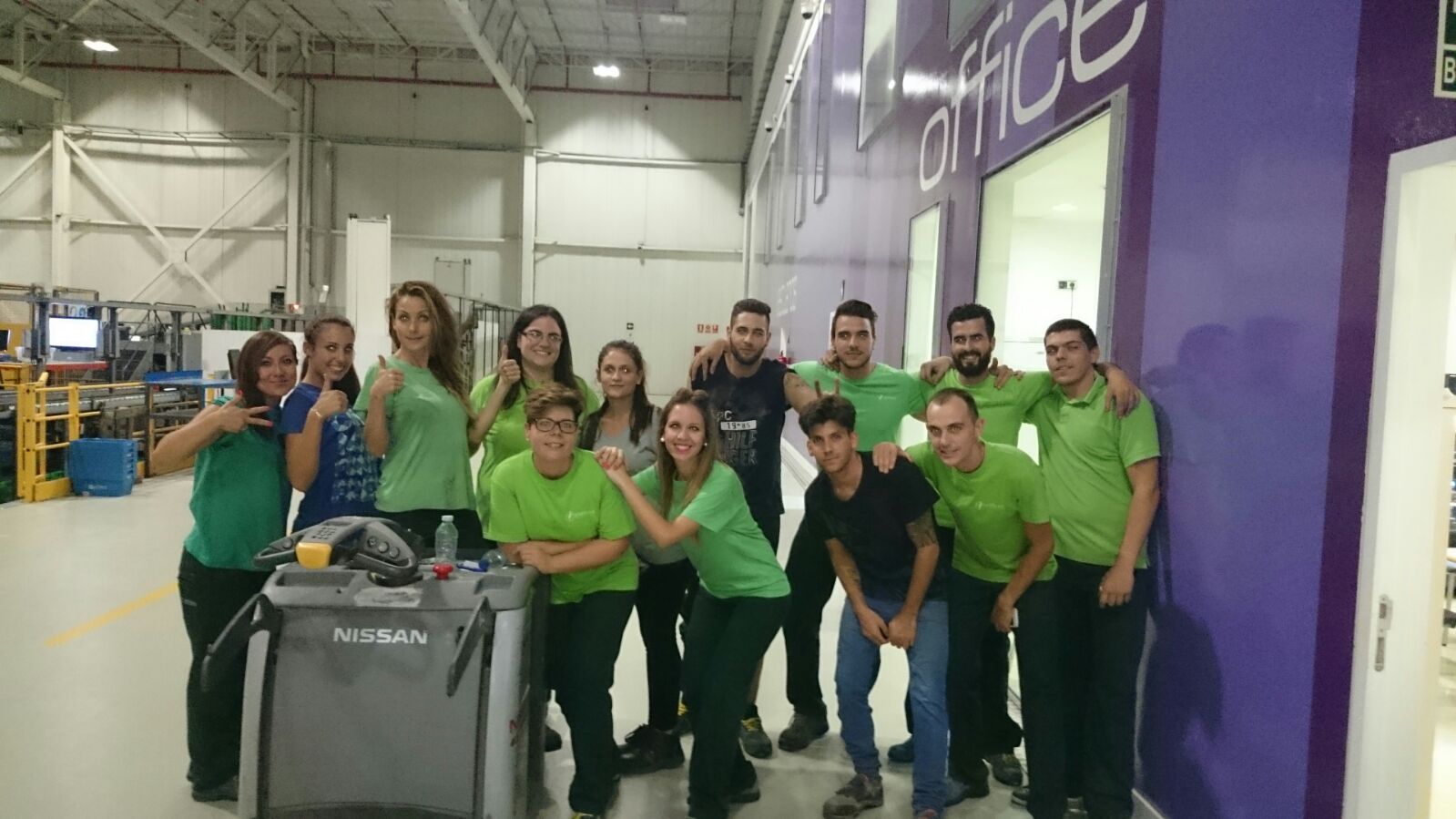Risk Assessment
At the beginning of the 21st century nanotechnology, more specifically artificial nanomaterials (ENM) would form an important market in the world. In this way, the industry would transform the raw material to a tiny scale and it would be the workers who would be exposed to the potential risks that the handling of materials at this scale could generate. That is why it is necessary to use all the necessary tools to provide safe working environments, and thus the evaluation of risks becomes relevant by identifying hazards and evaluating risks to achieve an efficient treatment of these.
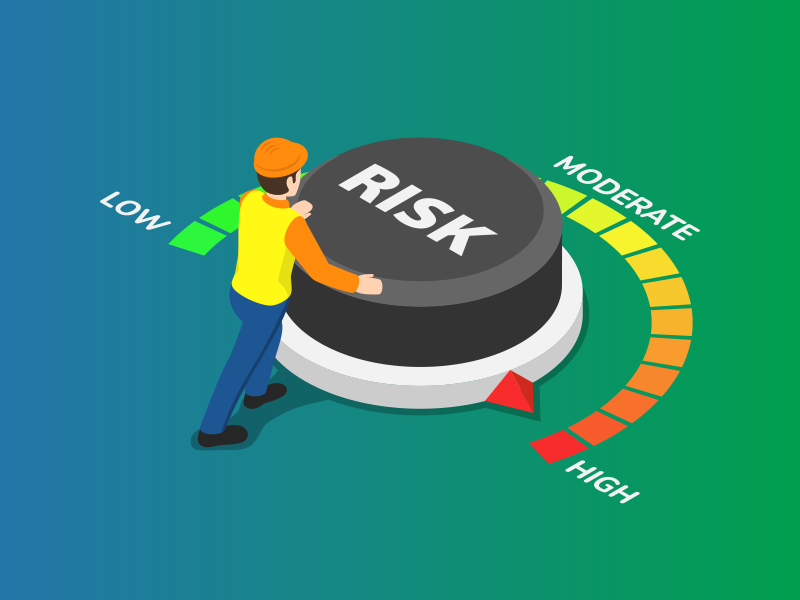
One of the major concerns of the international community regarding safe working conditions with artificial nanomaterials is that since its inception in 2000, there has been much research on the subject that has yielded important findings, however, there is much uncertainty as to how to implement effective methods for risk assessment.
The most important challenge for risk assessment has been the limited amount of data and the large amount of materials, so the OECD has recommended a general classification based on physical-chemicals properties in materials so as to be able to study their interaction with the human body and the environment. On the other hand, materials have been taken from which there is a greater amount of information to be used as a reference, taking as a criterion the health hazard posed to workers to complement the evidence of other lesser-known artificial nanomaterials.
According to studies carried out (Veiga Álvarez, et al., 2015), there are currently about 1600 products that can be classified as nanomaterials; that, like suspended particles, their main route of penetration into the body is the respiratory tract with greater regularity, without ruling out to a lesser extent the dermal and digestive tract. Despite their particular characteristics, for the purposes of the risk assessment they are considered chemical substances without neglecting the danger of inhalation of particulates due to their small size. When treated as chemicals, other risks, such as fire, explosion or chemical reactions, should be considered.
In general, it can be concluded that the main difficulties for risk assessment due to the use of artificial nanomaterials are largely due to the following limitations; the limited knowledge about the dangers posed by nanomaterials; that there are officially no approved occupational exposure limit values (OELs); that methods for identifying nanomaterials and emission sources are limited, as well as measurement of exposure levels; and finally the limited information on the presence of nanomaterials in raw materials and used inputs in the production chain.
On the other hand it is a fact that the industry in general, has the obligation to evaluate and manage the risks of the use of artificial nanomaterials in the work. And it should be borne in mind that if disposal or substitution by risk mitigating materials is not possible, appropriate control measures should be applied, ensuring intervention at source, administrative checks and personal protective equipment as a last resort.
Recuperado de: https://www.prevencionintegral.com/actualidad/noticias/2017/07/25/estas-protegido-en-tu-puesto-trabajo-respirar-nanoparticulas
Temas relacionados:
risk assessment
hazard
nanotechnology
artificial nanomaterials
occupational exposure limit (oel)
nanotoxicology.
Esta web se reserva el derecho de suprimir, por cualquier razón y sin previo aviso, cualquier contenido generado en los espacios de participación en caso de que los mensajes incluyan insultos, mensajes racistas, sexistas... Tampoco se permitirán los ataques personales ni los comentarios que insistan en boicotear la labor informativa de la web, ni todos aquellos mensajes no relacionados con la noticia que se esté comentando. De no respetarse estas mínimas normas de participación este medio se verá obligado a prescindir de este foro, lamentándolo sinceramente por todos cuantos intervienen y hacen en todo momento un uso absolutamente cívico y respetuoso de la libertad de expresión.
No hay opiniones. Sé el primero en escribir.





